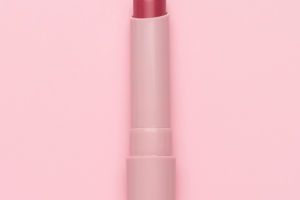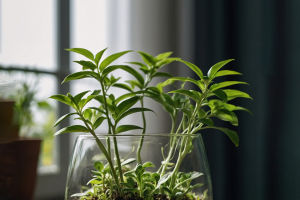Decorating your home is a deeply personal endeavor that reflects your tastes, lifestyle, and even your personality.
With so many styles and techniques available today, choosing the best way to transform your living space can be difficult.
Below, we will explore some of the most popular decorating styles and techniques, each offering a unique take on creating a functional and aesthetically pleasing home.
Minimalist Style
Minimalism is all about simplicity. The minimalist style emphasizes clean lines, uncluttered spaces, and a focus on essential items. The color palette is usually neutral, featuring dominant whites, grays, and blacks, while the furniture is sleek, functional, and focused on quality rather than quantity.
The idea behind minimalist design is to remove distractions, allowing for a calm and peaceful environment. To achieve this look, consider using multi-functional furniture, such as storage ottomans or wall-mounted shelving, to keep your space organized without compromising on style.
Industrial Style
Inspired by the raw, unfinished look of factories and warehouses, the industrial design blends modern and rustic elements for a bold and edgy look. Exposed brick walls, steel beams, and concrete floors are common features of this style.
Industrial interiors often incorporate a mix of vintage and contemporary furniture, giving the space a lived-in, eclectic vibe. The color palette tends to favor darker shades such as charcoal, black, and brown, complemented by metal accents.
To achieve an industrial look, consider keeping architectural elements exposed and choosing furniture with a weathered or distressed appearance. Open shelving and metal light fixtures are also essential components of this design style.
Bohemian Style
The bohemian style emphasizes creativity and individuality. It's a laid-back and eclectic design that incorporates various colors, textures, and patterns.
Inspired by the free-spirited lifestyle, boho interiors often feature vibrant textiles, vintage furniture, and items collected from around the world. Key techniques for creating a bohemian space include mixing bold colors, layering rugs, and adding plants for a natural touch.
The bohemian style encourages personal expression, so feel free to use decorative items that reflect your travels or hobbies. Furniture is often low to the ground, with cushions and poufs scattered around the room for a relaxed, informal feel.
Traditional Style
Traditional interior design is rooted in classic aesthetics and timeless appeal. It draws inspiration from European design, often featuring rich wood furniture, antique pieces, and elegant fabrics. The color scheme in traditional spaces typically involves deep, warm hues like burgundy, navy, and forest green.
The style emphasizes symmetry, with furniture and décor often arranged in a balanced manner. Ornate details such as crown molding, chandeliers, and floral patterns are also common.
If you prefer a more classic and refined look, traditional style might be the right fit for your home. To incorporate this style, focus on using antique furniture, luxurious textiles like silk and velvet, and detailed moldings for an air of sophistication.
Mid-Century Modern Style
Mid-century modern design, which emerged in the 1940s and 1950s, remains a popular style, characterized by clean lines, functional furniture, and a strong connection to nature.
Key features include minimalist furniture with geometric shapes, open floor plans, and large windows that bring the outdoors in. The color palette typically includes earthy tones, complemented by pops of bright colors like mustard yellow, teal, or burnt orange.
To achieve a mid-century modern look, focus on sleek, low-profile furniture with wooden legs and clean, simple lines. Incorporating retro accents, such as a starburst clock or geometric artwork, will also enhance the mid-century vibe.
Coastal Style
Coastal style is perfect for those who love the calming vibe of the beach. This style uses light, airy colors inspired by the ocean, such as soft blues, whites, and sandy neutrals. Furniture is often made of natural materials like wicker, rattan, and driftwood, which add texture and warmth to the space.
The overall aesthetic is relaxed and casual, with an emphasis on comfort and easy living. The coastal style also incorporates nautical elements, such as rope accents or maritime-themed artwork.
To achieve this style, use light-colored furniture, add plenty of natural light, and include decorative pieces like seashells, beach-inspired artwork, or ocean views if possible.
The right decorating style can transform any space, making it feel uniquely yours. Whether you prefer the sleek simplicity of minimalist design or the bold statement of industrial chic, there is a style to suit every taste.
By incorporating key elements of each style and focusing on the techniques that work best for your space, you can create a home that is not only beautiful but also functional and welcoming.


